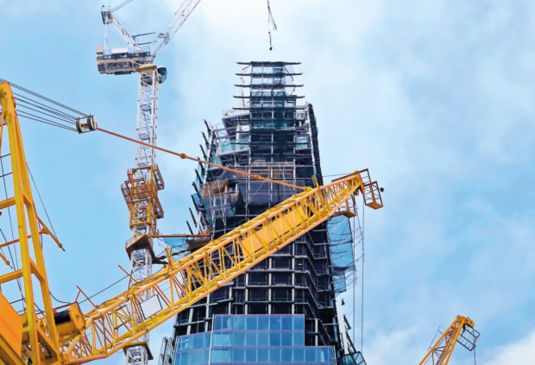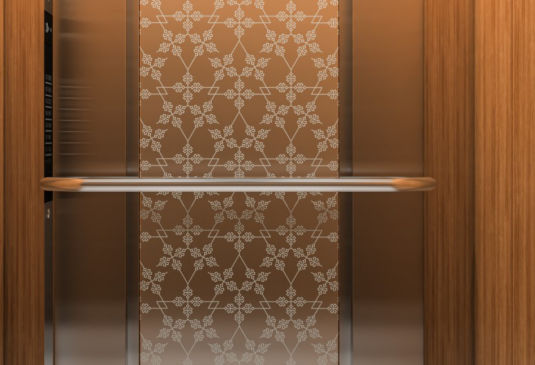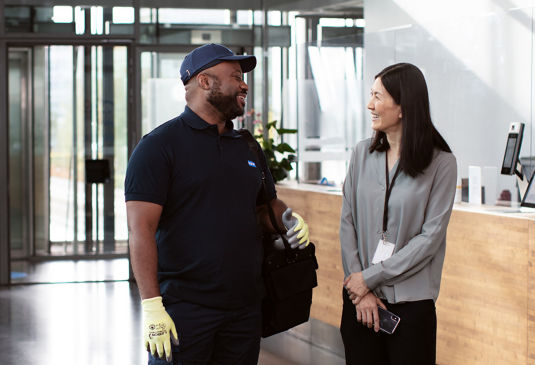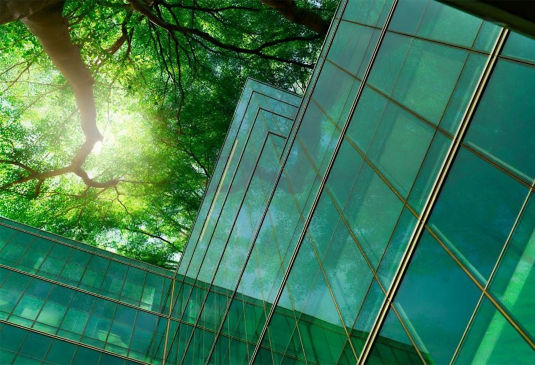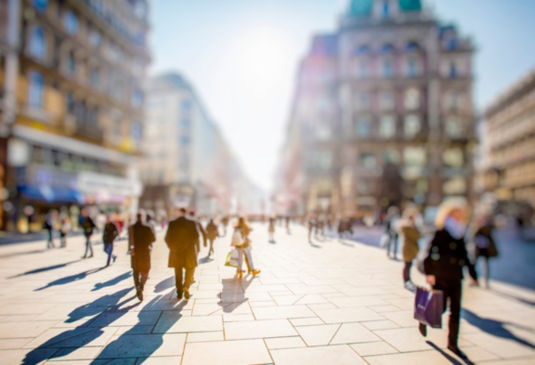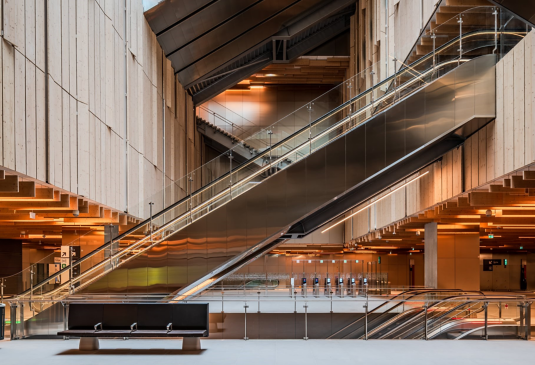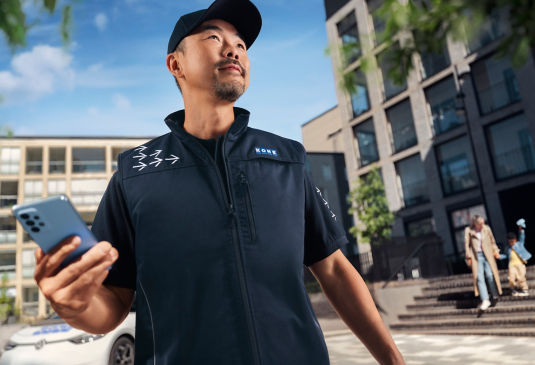Challenger in a changing world
Over the years, KONE has proven its ability to adapt to the challenges of a changing world. Its offering has ranged from industrial cranes to emergency room patient monitors, ice-skate blades, and nylon socks. But the elevator and escalator business has always been its main focus.














































































